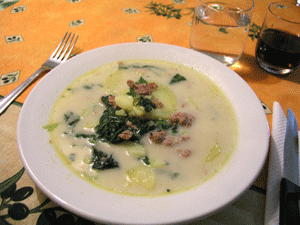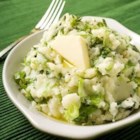One of the few things that you can still be harvesting in January is kale. Kale is a relative of broccoli and cabbage, a brassica. In moderate climates you can grow kale nearly year round. It has few, if any, issues with pests and disease. Kale is incredibly high in nutritional value as well, being a dark leafy green. So why isn't kale grown in every garden all year? Many people don't know much about it, or have no idea what to make with all of that kale. Like the rutabaga, kale has gotten a bit of a bad rep.
Since kale really does grow so easily I really don't need to go into much detail on kale culture, just give it dirt, water and sunshine. It should start easily from seed and can be grown almost any time of year; obviously not during a heavy freeze, or major drought. Since kale doesn't need much detail regarding care, the more important question to answer is "what do I do with all that kale?".
One option is lizard food. Anyone who has a vegetarian reptile, such as an iguana, knows they require dark leafy greens in their diets to stay healthy. So feel free to donate your bumper kale crop to a friend with an iguana.
Kale is not like lettuce, it has a much tougher texture and is not as good fresh eating. Instead it should be cooked and added to foods. It can be added to soups, casseroles, colcannon (a great vegetable and mashed potato dish), or wilted and served as a side dish. It will wilt quickly and should be kept in the coldest part of your refrigerator. When grow in colder weather it is sweeter, if grown during the summer heat it will become bitter. The one thing to watch out for is to wash it really well, the deep ruffles in kale leaves often collect dust and grit. Wash well and enjoy.
Here are some of my favorite uses for kale:
Olive Garden's Zuppa Toscana Soup
Colcannon
Bobby Flay's Sauteed Kale
Spaghetti With Kale and Sun-Dried Tomatoes
Vegetable Barley Soup
Kale is a great way to add some nutrition and color to just about any cooked dish. Good luck with your kale cuisine!




No comments:
Post a Comment